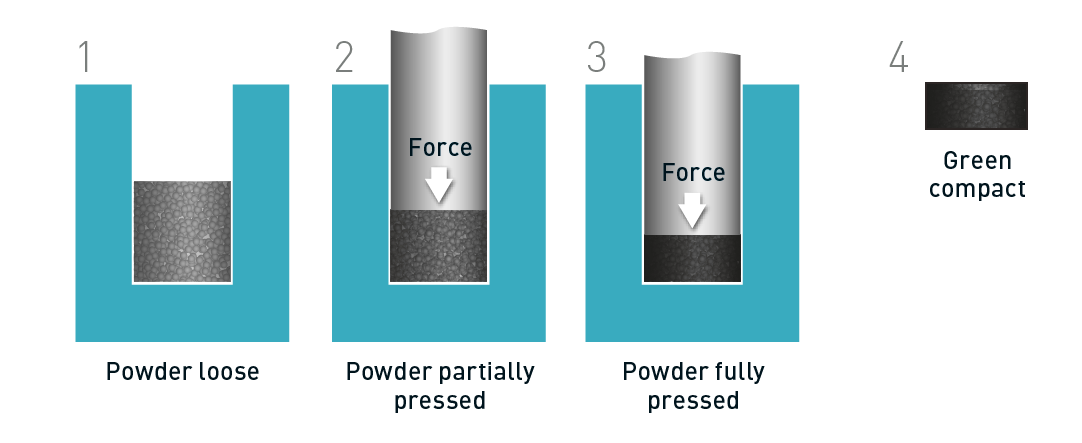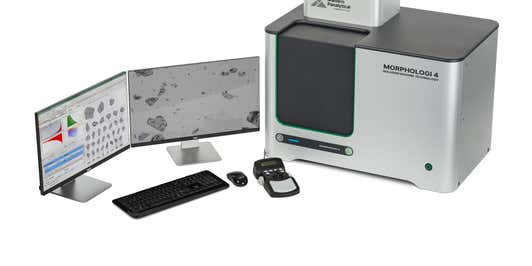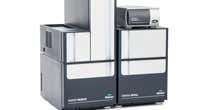To increase the strength, conductivity, and toughness of metallic additive manufacturing materials, manufacturers often apply pressing and sintering. In fact, this is the manufacturing method most commonly associated with powder metallurgy. It involves three basic steps:
- Powder blending - metal powder is mixed with a suitable lubricant
- Die compaction - the powder blend is pressed in a die to form a compact ‘green body’
- Sintering – the ‘green body’ is heated to below its melting point to form the sintered component

For materials like ceramics and hard metals, the primary powder is often spray-dried to form a feedstock with improved flow characteristics and compressibility.
In order to achieve consistent quality in the feedstock, ‘green body’, and final sintered component, the metal or ceramic powder’s characteristics must be carefully optimized. To support press and sinter manufacturers with this, Malvern Panalytical offers a range of powder characterization solutions.
Please download our brochure to find out more.
Why is material characterization important?
As with other powder metallurgy processes, powder characteristics can greatly affect the results of pressing and sintering, and should, therefore, be carefully characterized. Particle packing and the apparent density of the powder blend are particularly critical. A lower apparent density, for instance, produces greater compaction and cold-welding in the particles on pressing, resulting in a stronger ‘green body’.
Another important powder characteristic is interparticle friction, which facilitates contact, deformation, and densification of the structure during pressing. Phase composition and grain size are also important to control, since these characteristics can affect the powder’s hardness and thermal properties. This, in turn, affects not only pressing efficiency and sintering behavior but also the mechanical properties of the pressed part. Finally, the powder must also comply with the alloy composition of the material specified.
Featured content
Controlling powder bulk density by optimizing particle size and shape distribution
A tale of two processes – sieve analysis and laser diffraction
Using the Morphologi to evaluate ceramic granules produced by spray drying
How can Malvern Panalytical’s solutions help?
To support manufacturers in meeting these requirements, Malvern Panalytical offers several characterization solutions for press and sinter. These can be used to:
- Predict and control powder packing to achieve the required volume reduction and degree of cold-welding
- Specify and control the quality of the powder feedstock, including particle size, shape, and elemental composition
- Ensure optimum flow and packing in the die to prevent defects in the sintered component
- Ensure finished parts have the correct phase structure and grain size, and are free from residual stresses
Our solutions
Mastersizer 시리즈



